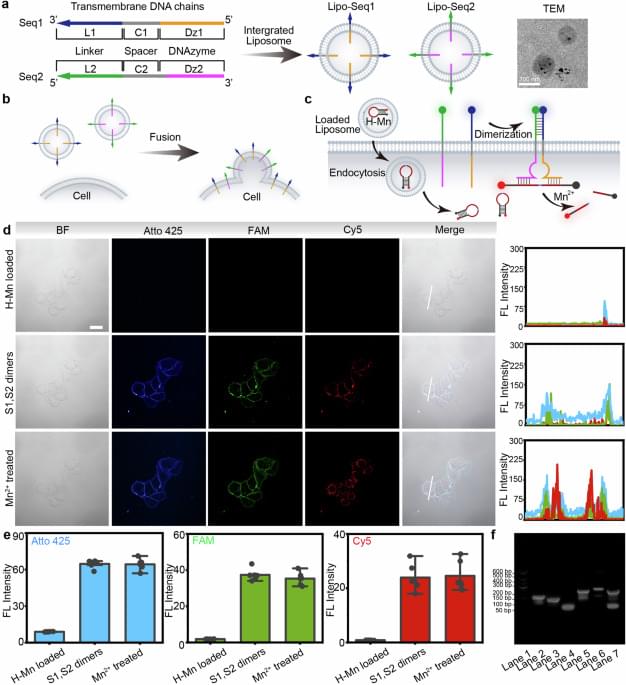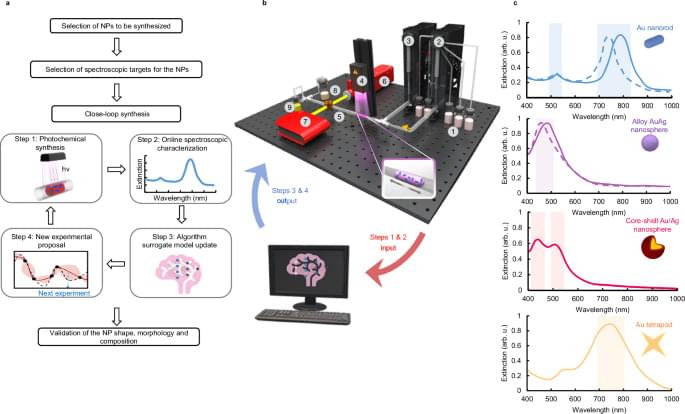On September 20, as part of the TRIADS Speaker Series, philosopher David Chalmers will visit WashU to pose a seemingly straightforward question: “Can ChatGPT Think?”
While Chalmers isn’t in the business of providing a direct “yes” or “no” answer to philosophical quandaries like these, he’s perhaps one of the best-qualified minds to ask the question and unravel its potential implications. Whether in the form of books or TED Talks, Chalmers has grappled with the nature of human consciousness for the better part of three decades. And on a parallel track, he has kept a close eye on the development of artificial intelligence, penning journal articles on the subject and presenting at AI conferences since the early ’90s.
Chalmers, now a New York University Professor of Philosophy and Director of the NYU Center for Mind, Brain, and Consciousness, met via Zoom to discuss the marvels and mysteries of ChatGPT, how he uses philosophical questions to gauge the progress of large language models, and his two years spent at Washington University as a postdoctoral fellow.







